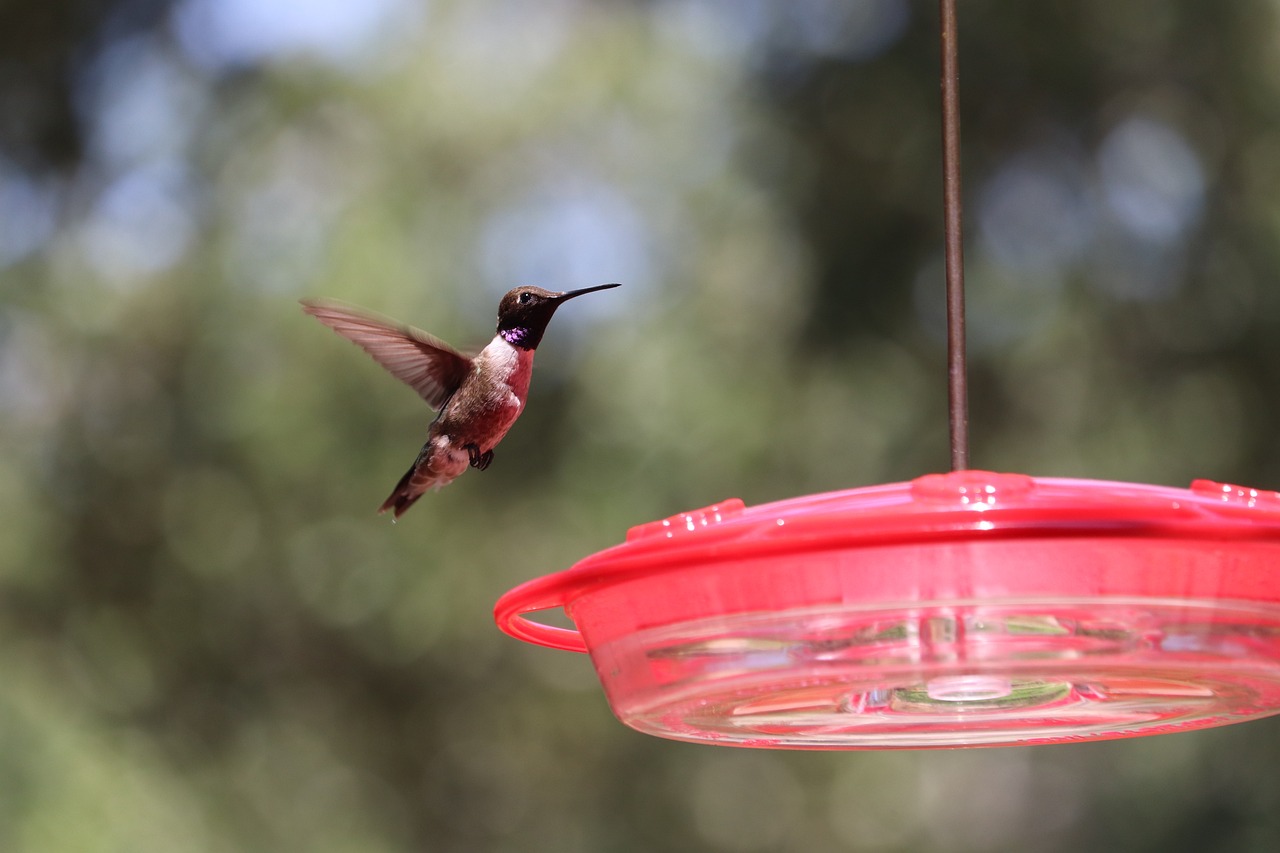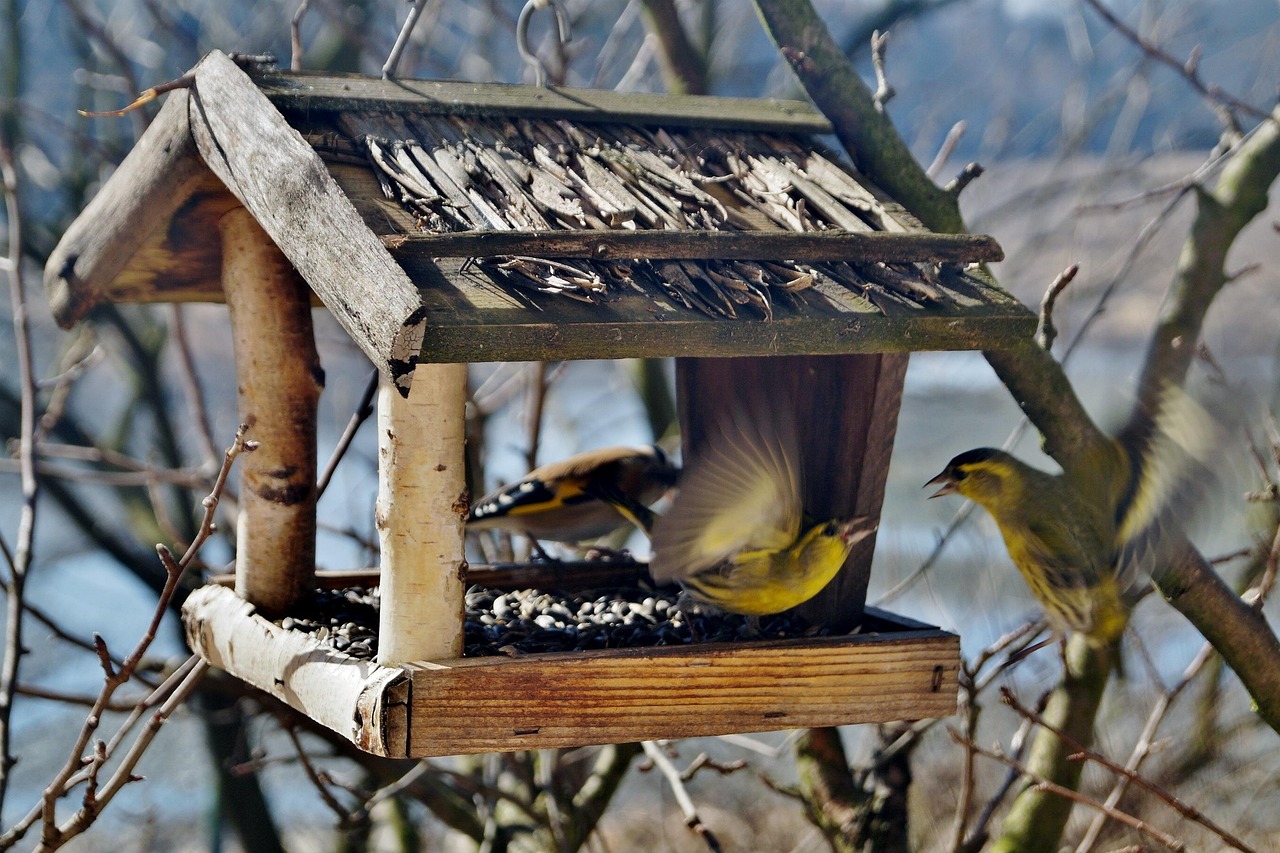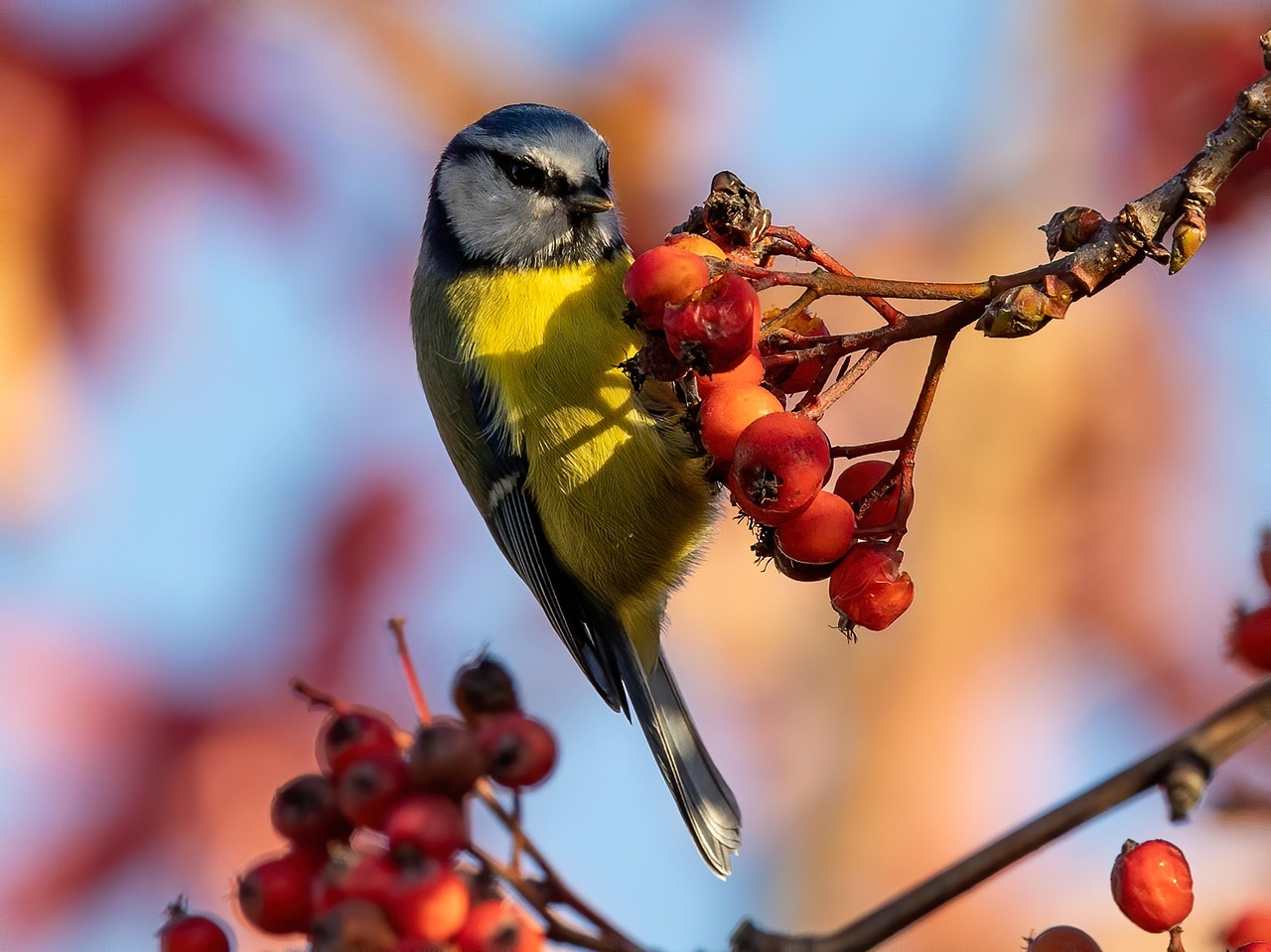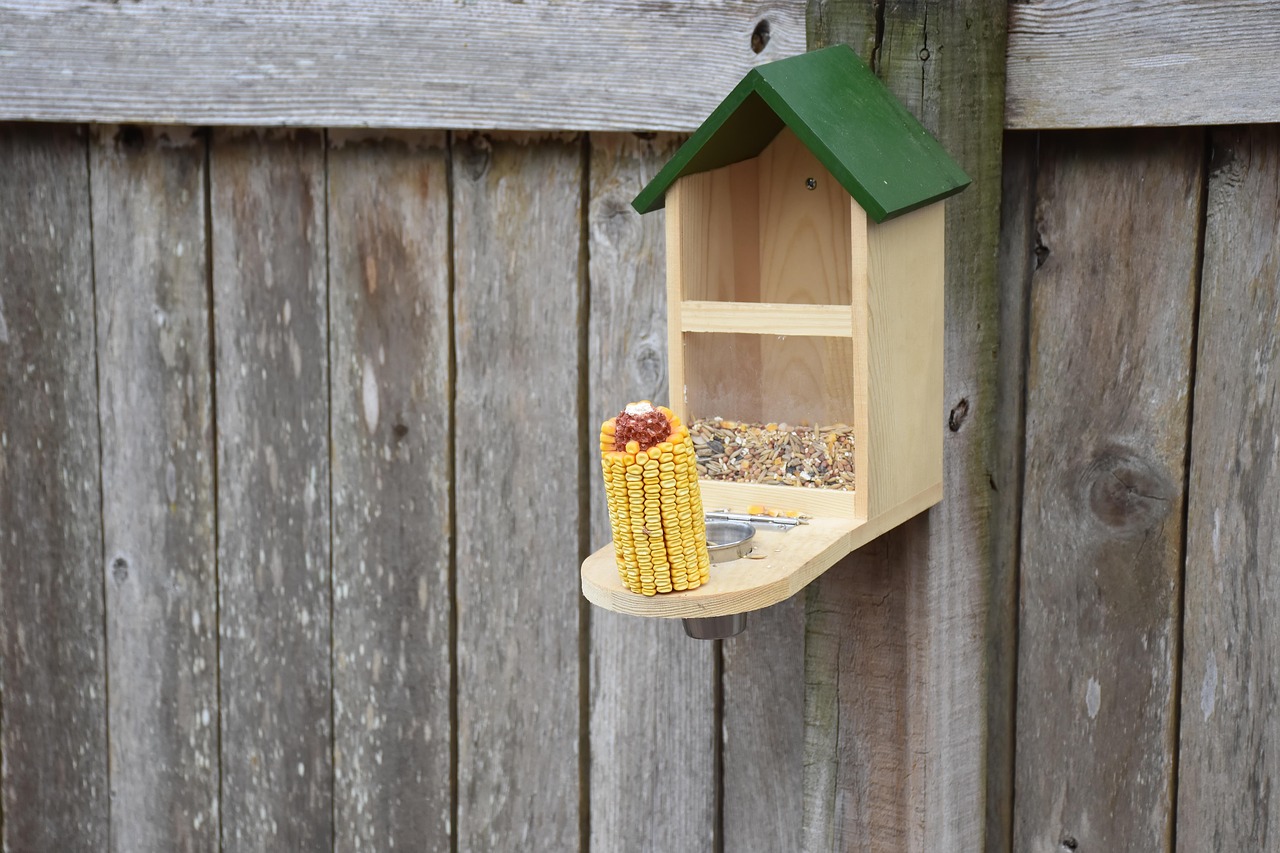Ever set up a bird feeder, filled it with seeds, and then… nothing? No chirping visitors, no fluttering wings—just a lonely feeder. It’s frustrating, right? Let’s dive into nine reasons why our feathered friends might be giving your feeder the cold shoulder. And trust me, number three will catch you off guard!
1. The Wrong Menu: Unappetizing Seed Selection
Imagine walking into a restaurant and finding only dishes you dislike. Birds feel the same way about certain seeds. Many commercial seed mixes are bulked up with fillers like red milo or wheat, which most backyard birds find unappealing. Instead, opt for high-quality seeds such as black-oil sunflower seeds, nyjer, or safflower. These are like the gourmet meals of the bird world, attracting a diverse crowd to your feeder.
2. Dirty Dining: Unclean Feeders

Would you eat off a dirty plate? Neither would birds. Feeders that aren’t cleaned regularly can harbor mold, bacteria, and old, spoiled seeds. This not only deters birds but can also spread diseases among them. Make it a habit to clean your feeders with a mild bleach solution every couple of weeks, ensuring a safe and inviting dining spot for your avian guests.
3. The Color Conundrum: Feeder Hues Matter

Here’s the surprise: the color of your feeder can influence its popularity. Birds are attracted to certain colors that signal food sources or safety. For instance, hummingbirds are drawn to red and pink, while goldfinches prefer yellow. On the flip side, white can be a warning color, deterring birds from approaching. Choosing the right color can make your feeder more appealing to specific bird species.
4. Location, Location, Location: Poor Feeder Placement
Even the best feeder won’t attract birds if it’s in the wrong spot. Birds prefer feeders placed near natural cover like trees or shrubs, providing them quick escape routes from predators. However, placing feeders too close to dense foliage can offer hiding spots for cats or squirrels. Aim for a balance: close enough to cover for safety, but with a clear line of sight to watch for threats.
5. Unwanted Guests: Predators and Pests
If your feeder becomes a hotspot for predators like cats or hawks, birds will steer clear. Similarly, a feeder overrun by squirrels can be a deterrent. To minimize these threats, use squirrel-proof feeders, place feeders out of reach of cats, and consider adding baffles to deter climbing pests. Creating a safe environment encourages birds to visit without fear.
6. Inconsistent Service: Empty or Sporadic Feeding

Birds are creatures of habit. If they find your feeder empty too often, they’ll look elsewhere. Consistency is key. Keep your feeder stocked, especially during harsh weather when natural food sources are scarce. A reliable food source will make your feeder a regular stop on their daily route.
7. Seasonal Shifts: Natural Food Abundance

Sometimes, it’s not you—it’s nature. During certain times of the year, natural food sources like berries, insects, or seeds are abundant, making feeders less attractive. This is especially true in spring and summer. Don’t be discouraged; keep your feeder stocked, and as natural supplies dwindle, birds will return.
8. No Watering Hole: Lack of a Water Source

Food is essential, but so is water. Birds need water for drinking and bathing. If your yard lacks a water source, birds might bypass your feeder for a spot that offers both. Adding a birdbath or a small water feature can make your yard more inviting. Just remember to keep the water clean and fresh.
9. Feeder Design Flaws: Uncomfortable or Inaccessible Feeders

Not all feeders are created equal. Some designs might be uncomfortable for birds to perch on, or the feeding ports might be too small for certain species. Ensure your feeder suits the birds you want to attract. For example, platform feeders are great for larger birds, while tube feeders with small perches cater to smaller species.
By addressing these factors, you can transform your feeder into a bustling avian café. Remember, patience is key. Sometimes, it takes a little time for birds to discover and trust a new food source. Keep at it, and soon enough, you’ll have a yard filled with delightful bird songs and vibrant colors.
